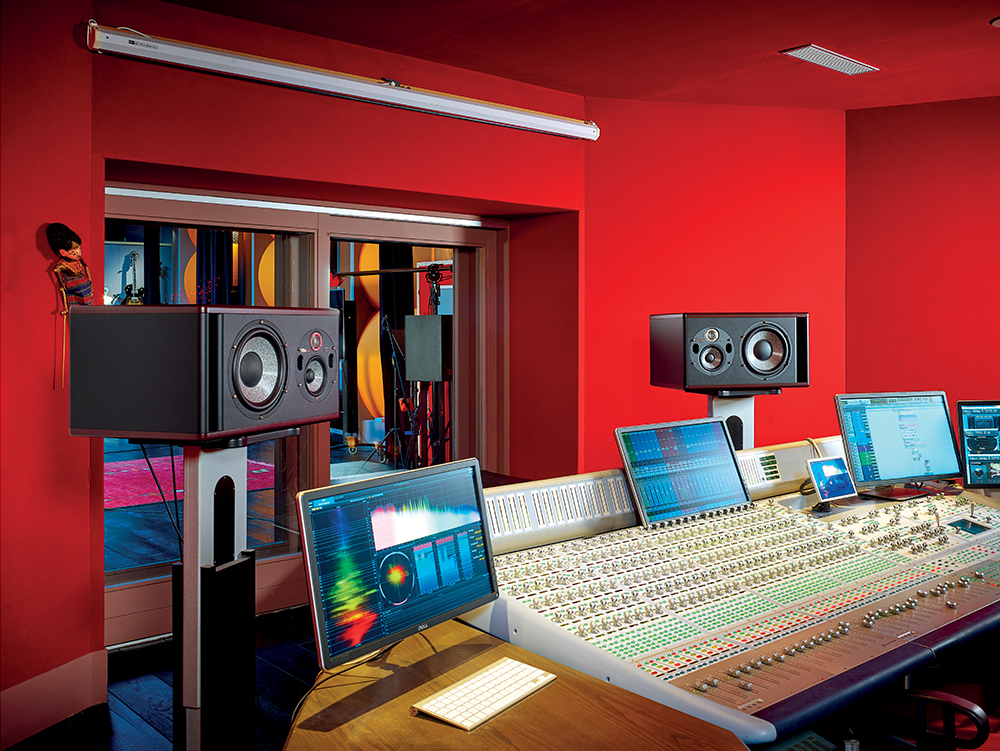On stage, sound travels through a complex path before reaching the audience. It starts with a signal from a microphone or instrument, moves through processing gear and ends in the air as vibrations from a loudspeaker. While most people notice the drivers or the amplifiers, the cabinet holding these parts quietly shapes the character of every note. Its size, shape and materials may look like simple construction, yet they influence how a performance feels across the venue.
The cabinet acts as both container and acoustic partner. It controls how air moves behind the drivers, affecting resonance, dispersion and frequency response. Even a small change in internal volume can shift the balance between bass and midrange. Touring engineers often compare two versions of the same driver in different boxes and find the results surprisingly distinct. This sensitivity explains why manufacturers spend months refining prototypes before releasing a new model.
Professional loudspeakers depend on cabinet design to deliver predictable sound on stage. Without a well-engineered enclosure, drivers can produce unwanted vibrations or leak sound in random directions. This leakage creates phase issues that blur the mix, making instruments less defined. By shaping internal chambers and using specific bracing patterns, designers reduce these effects and ensure more accurate reproduction. Musicians on stage may not see these hidden features, but they often feel the difference in clarity.
Material choice also matters. Wood composites, high-density plastics and hybrid materials each affect how the cabinet resonates. Engineers must weigh durability against acoustic performance. A denser material may provide tighter bass but increase weight, making transport harder. Conversely, a lighter shell may ease load-ins but risk flexing under high power. Balancing these trade-offs becomes critical in designing road-ready systems.
The shape of the cabinet influences dispersion patterns. Curved fronts, angled sides and specially cut ports direct energy where it is needed and prevent unwanted reflections. In some designs, horns or waveguides are integrated to control high frequencies precisely. Stage layouts often require asymmetric coverage, such as more sound toward the audience and less spilling backstage. Cabinet geometry provides the tools to achieve this without excessive electronic correction.
Professional loudspeakers also benefit from carefully designed ports and vents. These openings manage airflow to reinforce low frequencies or to cool internal components. A poorly tuned port can introduce noise or reduce efficiency, while a well-calculated one can extend bass response without extra power. Engineers sometimes tweak port dimensions on site, experimenting with removable panels or foam inserts to fine-tune performance in a particular venue.
Durability is another reason cabinet design matters. Touring exposes speakers to vibration, temperature changes and rough handling. Cabinets must resist cracking, warping or loosening joints after hundreds of shows. Reinforced corners, metal grills and protective coatings guard against impact and moisture. These features not only preserve the sound but also maintain safety when the system hangs above a crowd.
Cabinet design even affects how easily systems integrate with modern rigging. Standardised shapes and connection points allow faster setups, reducing crew fatigue. Some enclosures include built-in handles, fly points or modular brackets so they can be reconfigured for different venues. This flexibility saves time and money, making a tour more efficient without compromising audio quality.
The interaction between cabinet and stage environment can also shape a performer’s experience. When onstage monitors or side fills use enclosures with precise directivity, musicians hear themselves more clearly and perform with greater confidence. This improved monitoring can influence timing, pitch and energy on stage, which then transfers to the audience. In this way, cabinet design indirectly changes how the show unfolds.
Innovation continues in this area. Some designers explore 3D-printed panels, advanced composites and adjustable internal chambers. Others develop software that predicts cabinet behaviour under real-world conditions, shortening the design cycle. Yet no matter how advanced the tools become, listening tests remain essential. Designers and engineers trust their ears to confirm that the math translates into music.

